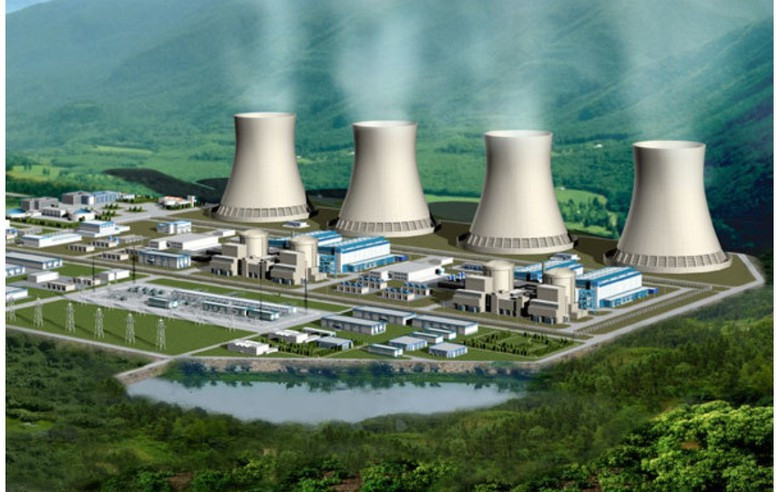“Recognizing its importance, the Party and State have shown strong political will, with a series of strategic policies between 2024 and 2025 to restart the nuclear energy program,” Binh said. He also described the government's assignment of Petrovietnam to lead the Ninh Thuan 2 Nuclear Power Plant project as both an honor and a historic responsibility.
Binh noted that developing nuclear power presents strategic opportunities not just for Petrovietnam but for Vietnam’s entire economy and industrial sector.
The project enables the company to leverage its core competencies and lays the foundation for establishing a domestic nuclear industry ecosystem.
With a total estimated investment exceeding $10 billion, the project will also stimulate the growth of supporting industries. Petrovietnam plans to localize construction in stages - starting with civil works and steel structures, then gradually moving toward more complex technical components as domestic capabilities improve.
The project is expected to create thousands of high-quality jobs while advancing Vietnam’s scientific, technological, and industrial capacity.
Major financial and technical challenges ahead
Despite these prospects, Binh acknowledged the significant challenges ahead.
He cited legal and regulatory hurdles, noting that while the revised Atomic Energy Law is a critical step, implementation still requires a full set of guiding decrees and special policy mechanisms to ensure operational flexibility.
“Mobilizing capital is one of the biggest challenges,” Binh stated. The estimated cost of over $10 billion for a 2,000 MW nuclear plant exceeds the financing capacity of Petrovietnam and domestic banks. Moreover, cost overruns are a known risk in nuclear projects worldwide.
Another key challenge is selecting a reactor technology - a decision influenced not only by technical standards but also by geopolitics and strategic partnerships. Safety remains the top priority. Additionally, long-term responsibilities such as radioactive waste management and eventual decommissioning must be addressed from the outset.
Vietnam currently lacks a qualified network of nuclear contractors and suppliers. Most critical equipment and materials will need to be imported, and Petrovietnam has no prior experience with nuclear power projects. Developing a domestic nuclear supply chain will be a long-term task requiring synchronized support from ministries, government bodies, and international partners.
Workforce development, project management capabilities, and public support also pose significant challenges for Petrovietnam.
To overcome these issues, Binh called for close and effective cooperation among the government, ministries, local authorities, and relevant partners.
Petrovietnam has outlined key action plans, including participation in legal drafting processes to establish a comprehensive regulatory framework for the project and proposing tailored policy mechanisms.
On financing, the company will collaborate with the Ministry of Finance to negotiate credit agreements with international partners. It will also work with the Ministry of Industry and Trade to identify investment collaborators and develop a roadmap for managing a nuclear supply chain that meets rigorous safety and quality standards, involving both domestic and international entities.
Human resource development is another focus. Petrovietnam plans to build a long-term talent strategy to train and recruit qualified professionals.
Furthermore, the company will regularly engage with local communities to address concerns and ensure transparency. It will uphold commitments to social welfare, prioritize local hiring, and demonstrate the tangible benefits of the project to residents in the affected areas.
Tam An
